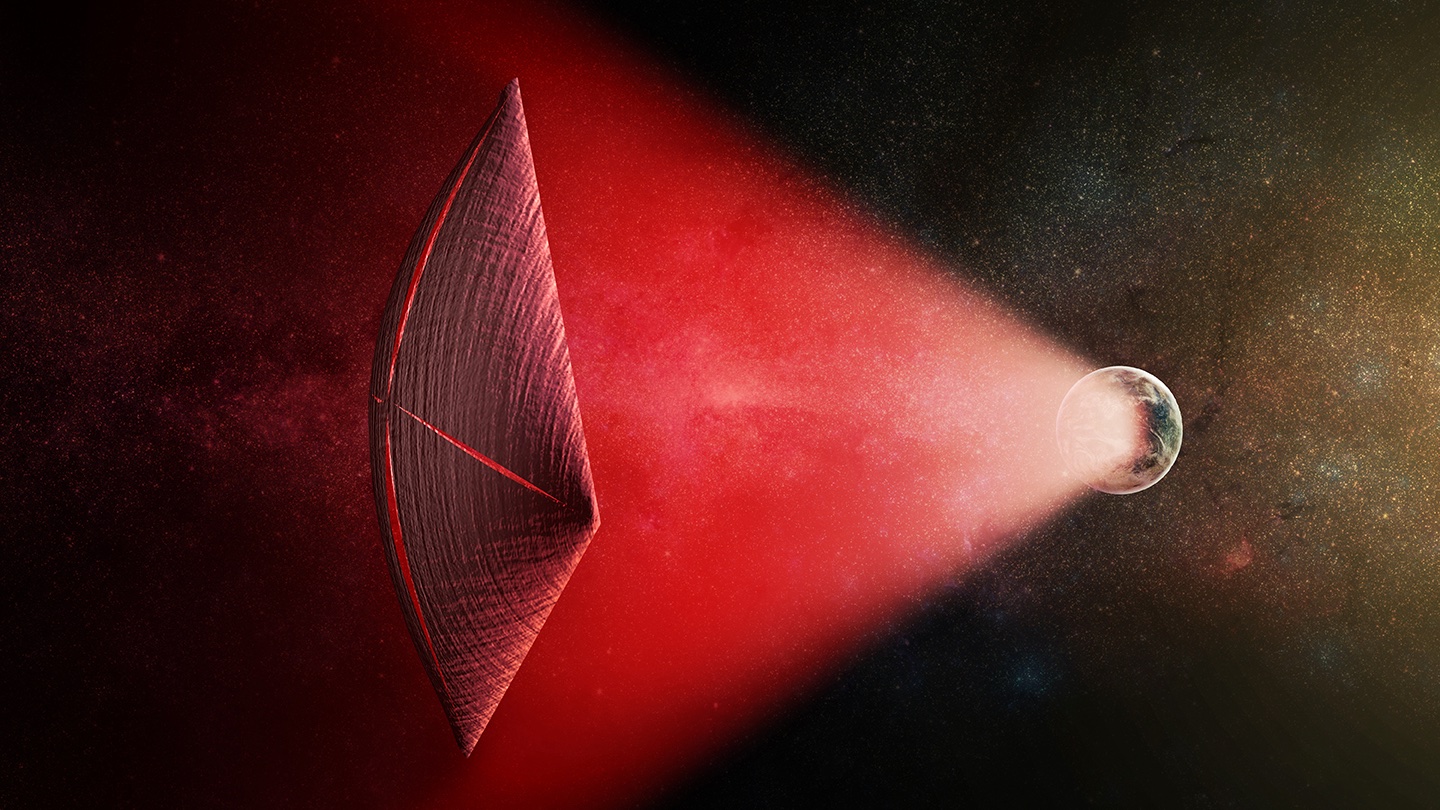Mysterious radio bursts could be powering alien spaceships
According to astrophysicists

About a decade ago, astronomers first began to detect strange millisecond-long bursts of radio waves. Fewer than two dozen have been observed, and they're believed to originate in distant galaxies, billions of light years from Earth.
"Fast radio bursts are exceedingly bright given their short duration and origin at great distances, and we haven't identified a possible natural source with any confidence," said theorist Avi Loeb of the Harvard-Smithsonian Center for Astrophysics.
Artificial origin
Loeb, and his colleague Manasvi Lingam from Harvard University, have suggested instead that there might not be a natural source at all.
"An artificial origin is worth contemplating and checking," he says.
In a paper published in Astrophysical Journal Letters, Loeb and Lingam looked at whether it'd be possible to create a radio transmitter strong enough to be detected in other galaxies. They found that a solar-powered transmitter, with sunlight falling on an area of a planet twice the size of Earth, would be enough to generate the required energy.
Melt the whole thing
The next question was whether a structure of that size would be viable from an engineering perspective, or whether the enormous energies involved would melt the whole thing. With water-cooling techniques, they say, the heat could be withstood.
The biggest unknown, though, is what an alien civilisation would do with such an instrument. The most plausible answer, Loeb and Lingam say, is driving interstellar light sails. The power could push a payload of about a million tons.
Sign up for breaking news, reviews, opinion, top tech deals, and more.
Intergalactic Distances
"That's big enough to carry living passengers across interstellar or even intergalactic distances," said Lingam.
Loeb acknowledges that the work is speculative, saying: "Science isn't a matter of belief, it's a matter of evidence. Deciding what's likely ahead of time limits the possibilities. It's worth putting ideas out there and letting the data be the judge."
The full paper is available online at the arXiv pre-print server.
